Honey is a natural sweetener cherished for its rich flavor and numerous health benefits. However, many honey enthusiasts encounter a common phenomenon: crystallization. While some may mistake this for spoilage, crystallized honey is perfectly safe to eat and can be easily restored to its liquid state through gentle heating. Understanding the science behind honey crystallization and mastering the art of revival through a controlled water bath at 60°C (140°F) ensures that your honey retains its quality and nutritional value.
The Science Behind Honey Crystallization
Crystallization is a natural process that occurs when glucose, one of the primary sugars in honey, separates from the liquid and forms tiny crystals. The rate at which honey crystallizes depends on several factors, including the ratio of glucose to fructose, temperature, and the presence of pollen or other fine particles that act as nuclei for crystal formation. Raw honey, which is unfiltered and unpasteurized, tends to crystallize faster than processed honey due to its higher pollen content. Contrary to popular belief, crystallization does not indicate spoilage but rather reflects the honey's purity and natural state.
Different types of honey crystallize at varying rates. For instance, honey derived from clover or sunflower tends to crystallize quickly, while varieties like acacia or tupelo honey remain liquid for longer periods due to their higher fructose content. Temperature also plays a crucial role—honey stored at cooler temperatures (below 10°C or 50°F) will crystallize faster, while honey kept at room temperature or slightly warmer remains liquid for extended periods.
Why 60°C is the Optimal Temperature for Decrystallization
When it comes to restoring crystallized honey, gentle heat is key. Heating honey beyond 60°C (140°F) risks degrading its delicate enzymes, antioxidants, and aromatic compounds, which contribute to its health benefits and unique flavor profile. Prolonged exposure to high heat can also lead to the formation of hydroxymethylfurfural (HMF), a compound that, in excessive amounts, may diminish honey's quality. A water bath maintained at 60°C strikes the perfect balance—it liquefies the crystals without compromising the honey's nutritional integrity.
The water bath method ensures even and controlled heating, preventing localized overheating that can occur when honey is microwaved or placed directly on a stovetop. By submerging the honey jar in warm water, the heat gradually penetrates the honey, dissolving the glucose crystals while preserving its beneficial properties. This method is particularly effective for raw honey, as it avoids the aggressive processing used in commercial pasteurization.
Step-by-Step Guide to Restoring Crystallized Honey
Begin by filling a saucepan with enough water to submerge the honey jar halfway. Heat the water to 60°C (140°F), using a kitchen thermometer to monitor the temperature. Once the desired temperature is reached, place the honey jar in the water, ensuring the lid is tightly sealed to prevent water from seeping in. Allow the jar to sit in the warm water for 10–15 minutes, gently stirring the honey occasionally to distribute the heat evenly.
If the honey is heavily crystallized, you may need to repeat the process or let it sit longer, always keeping the water temperature steady. Avoid rushing the process with higher heat, as this can degrade the honey. Once the crystals have dissolved, remove the jar from the water bath and let it cool to room temperature before use. If any crystals reappear over time, simply repeat the process—honey can be decrystallized multiple times without losing its quality.
Preserving Honey's Quality Post-Revival
After decrystallizing honey, proper storage is essential to slow down future crystallization. Store honey in a tightly sealed container at room temperature, away from direct sunlight or extreme temperature fluctuations. While refrigeration is unnecessary and can accelerate crystallization, keeping honey in a consistently cool, dark place helps maintain its liquid state for longer. If you prefer creamy, crystallized honey—a texture favored by some for spreading—simply stir the honey during the early stages of crystallization to create a smooth, spreadable consistency.
Understanding and embracing honey's natural tendency to crystallize allows you to enjoy this golden elixir in all its forms. Whether you prefer it liquid or crystallized, the gentle water bath method ensures that your honey remains a delicious and nutritious addition to your pantry.
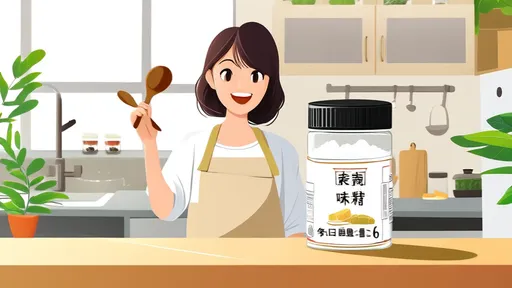
By /Jul 31, 2025
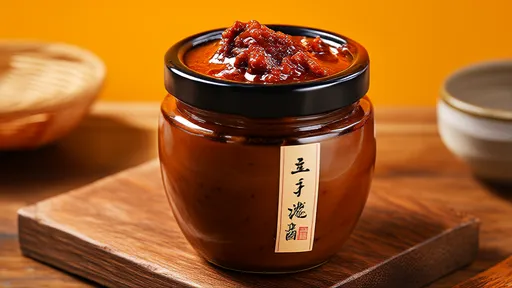
By /Jul 31, 2025
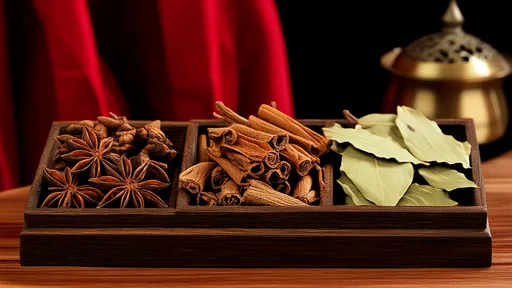
By /Jul 31, 2025
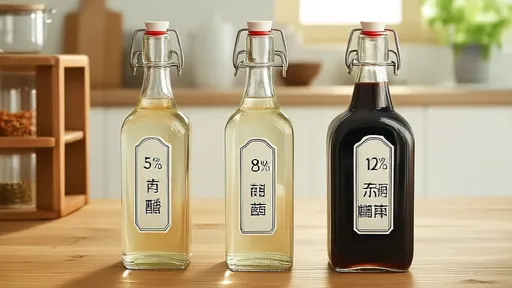
By /Jul 31, 2025

By /Jul 31, 2025
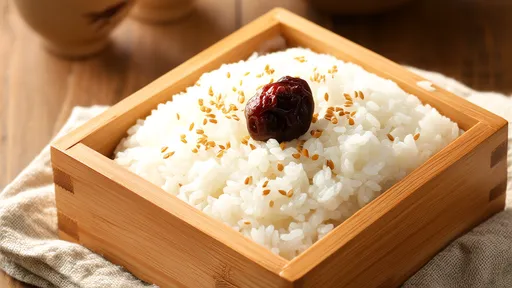
By /Jul 31, 2025

By /Jul 31, 2025

By /Jul 31, 2025
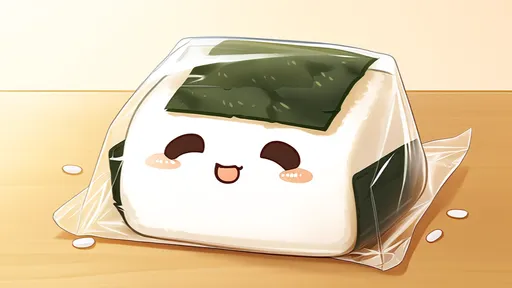
By /Jul 31, 2025

By /Jul 31, 2025
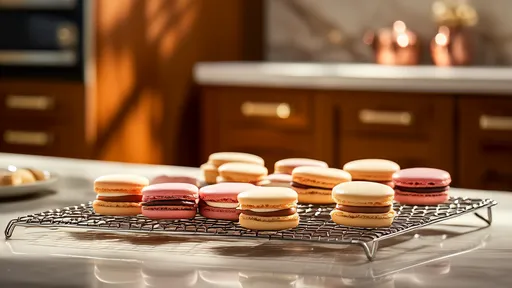
By /Jul 31, 2025
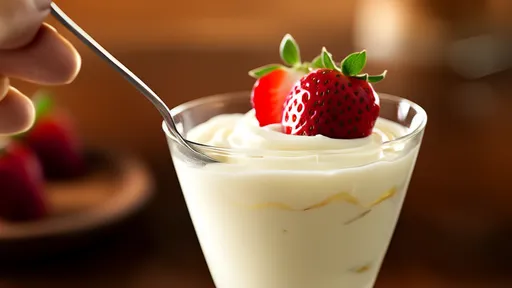
By /Jul 31, 2025
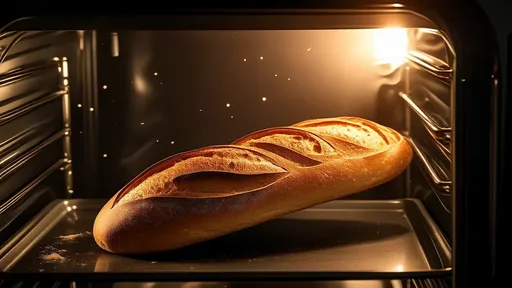
By /Jul 31, 2025
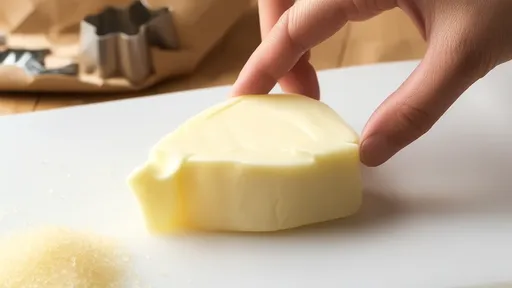
By /Jul 31, 2025

By /Jul 31, 2025
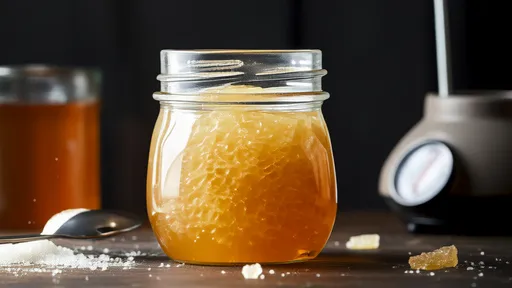
By /Jul 31, 2025

By /Jul 31, 2025
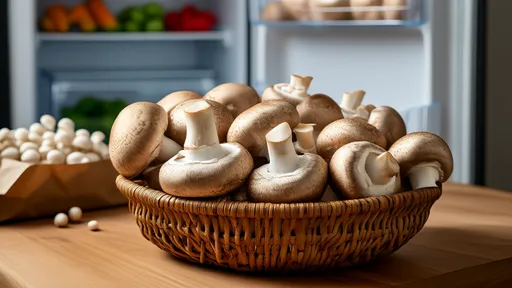
By /Jul 31, 2025
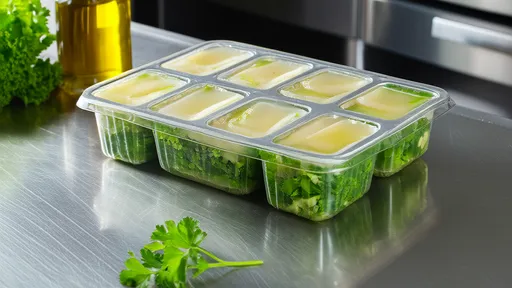
By /Jul 31, 2025

By /Jul 31, 2025